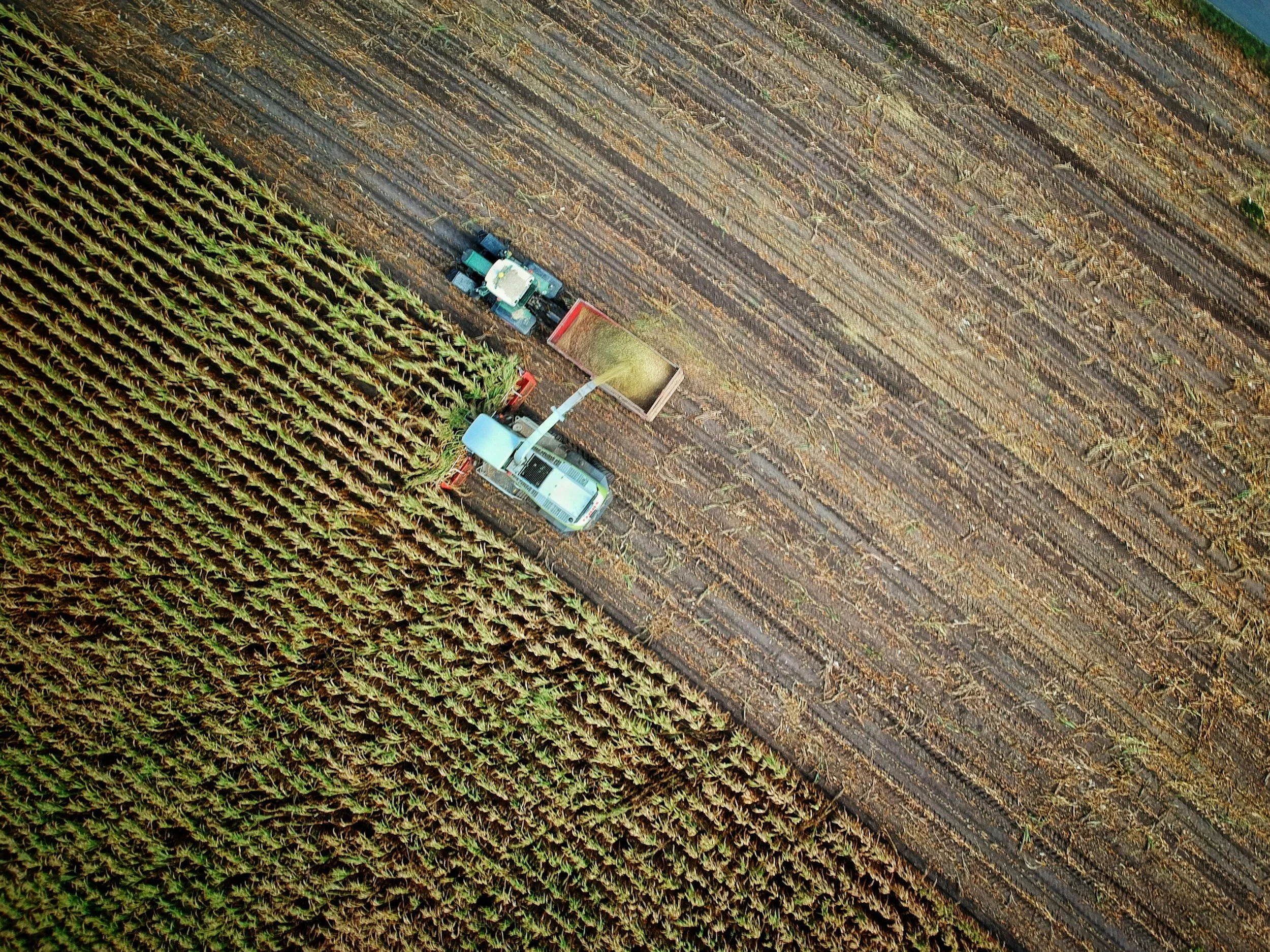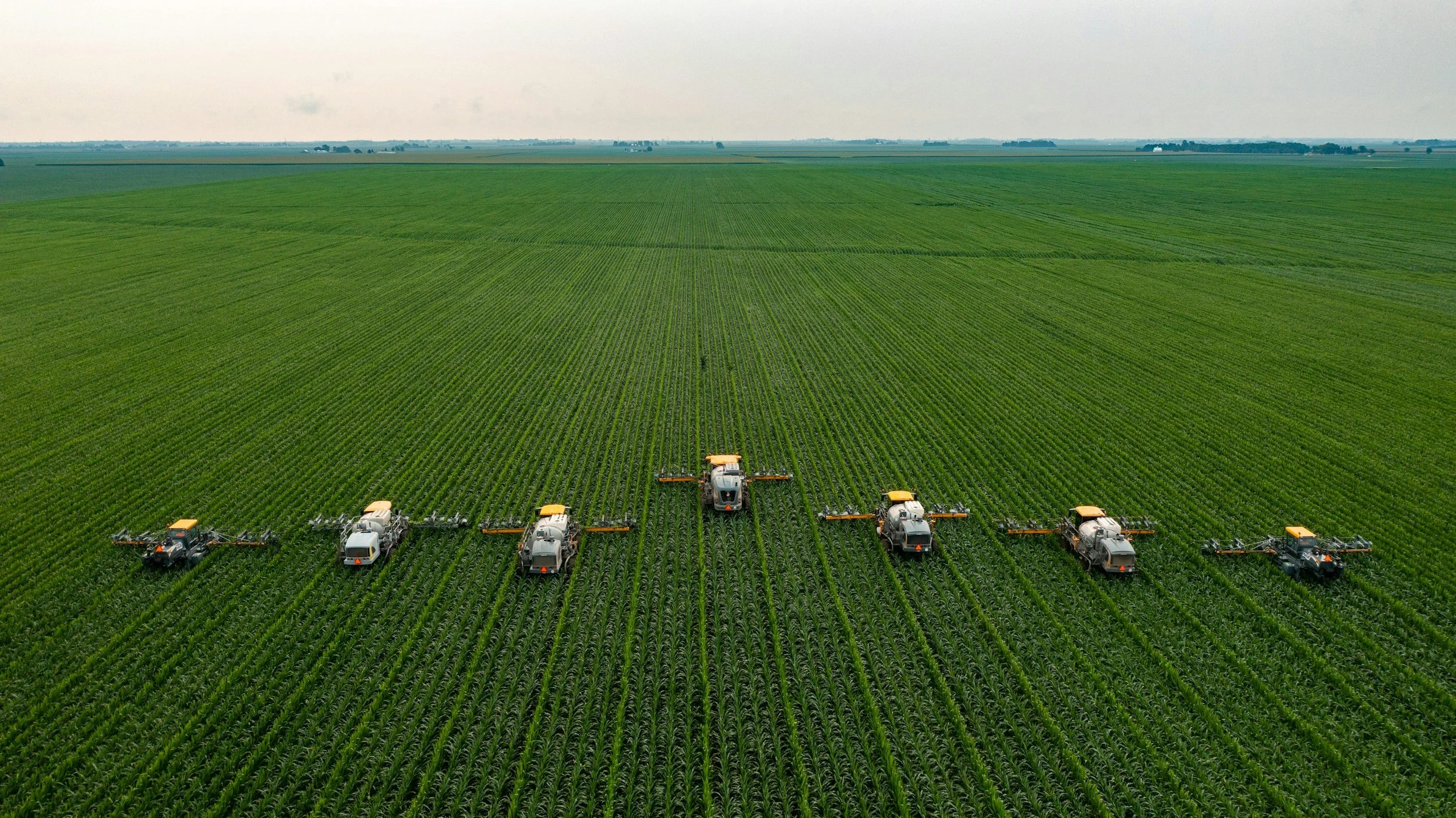How to Make Your Restaurant More Sustainable
/Guest post by Delicia Warren
There are so many important considerations when it comes to running a safe, attractive, and successful restaurant business that it might seem overwhelming to attempt to add another goal. Fortunately, trying to become more sustainable in your business doesn’t have to interrupt any of your other plans and, in many cases, will improve your business in surprising ways. If you are looking for ways to make your restaurant more sustainable and environmentally conscious, read this brief guide.
Be Considerate of Energy Use
Restaurants require a lot of energy to operate with any regularity. This is due to kitchen appliances, food storage, lighting, electrical equipment, and so much more. While the sheer amount of energy needed to run your restaurant might make you think that you can’t even begin to become more sustainable, think of it as many small opportunities to make improvements where possible.
For example, switch to energy-saving lightbulbs and find more energy-efficient ways to heat or cool your various rooms. If you have permission to do so, installing solar panels is a great way to generate your own renewable energy.
Reduce Waste
Waste is a huge reason the current structure of industry and economy isn’t sustainable. While so much is being produced, and at an unbelievable rate, the waste that comes along with it is equally massive. Waste comes in a variety of different forms, whether that’s wasted energy or wasted water. A major way that restaurants can start to become more sustainable is to reduce food waste.
It can be difficult to adhere to the strict and necessary rules of food safety and hygiene while also making sure to cut back on food waste, but it is possible. Food scraps can be saved and used as compost to help grow more food. If you have stock that is no longer sellable but safe to eat, donate it to a homeless shelter.
Make Ethical Purchase Decisions
When you own a restaurant, there are so many other parts of the business that have little to do with food. Decorations, furniture, and even staff uniforms can be made more sustainable through wiser and more thoughtful purchase decisions.
It can be tempting to reduce costs by opting for the cheapest or most superficially appealing products, but good quality and sustainability should also be a priority. You can find chef coats made from sustainable materials that look good and help to protect the environment.
Source Local Produce
A great way to help the environment as a restaurant owner is to find more locally sourced ingredients for the dishes on your menu. When produce doesn’t have to be shipped over long distances, it saves energy and means that your food will be much fresher.
Reduce Your Delivery Carbon Footprint
Many restaurants have a heavy carbon footprint, with numerous contributing factors. Out of them all, food delivery is among the biggest carbon emission culprits, particularly given the rise in food deliveries in recent years during and after the pandemic. It’s not always possible to stop delivering orders outright to lower a restaurant’s carbon emissions; however, there are ways to reduce them, many of which can be effectuated immediately.
First, you should optimize your drivers’ delivery routes by determining order priority, working around traffic bottlenecks, and assigning specific geographical areas to drivers. Furthermore, it would help if you had drivers deliver multiple orders at the same time to increase fuel efficiency and reduce wasted trips – doing so can prevent unnecessary miles from being driven. Also, although this may be a little costly upfront and in the beginning, investing in electric bikes, scooters, or cars for your delivery drivers is a fantastic way to reduce carbon emissions as a restaurant. The money you save on fuel will eventually pay for the electric vehicles over the years – and you’ll be helping to protect the environment as well.
Use Biodegradable Food Packaging
Restaurant owners and employees know all too well that food packaging is a huge source of waste and trash. It piles up in no time, and while some of it might be recyclable, much of it still ends up in a landfill. However, this is where eco-friendly packaging comes into play.
Three main types of sustainable food packaging exist: biodegradable, recyclable, and reusable. The most popular used by restaurants is biodegradable packaging, which is usually single-use and disintegrates in as little as a few days to a few months. Normally, biodegradable food packaging is made from plants or plant waste.
Use Recyclable Packaging
Recyclable packaging is also a great option for restaurants wanting to be kinder to the environment. Of course, recyclable packaging is often single-use, but instead of disintegrating, it goes to a recycling center.
Here, it gets turned into a new product, getting a second life. Restaurants opting for recycle-friendly packaging might find it useful to install bins on the premises to make it easier for employees and customers to dispose of their recyclable trash.
Use Reusable Packaging
Reusable packaging is also an excellent sustainable food packaging solution – especially for a restaurant. This kind of packaging can be reused for years, so long as it’s properly cleaned, cared for, and stored after each use. Typically, reusable packaging needs to be durable in order to withstand the test of time; therefore, it’s often made of wood, aluminum, glass, bamboo, or recycled plastic.
While reusable packaging might not work for restaurants offering food deliveries, it’s a great solution for dine-ins. Plus, restauranters can even encourage their customers to bring their own food and drink containers to reduce packaging waste. Other incentives for bringing their own containers can also be offered; some restaurants offer discounts and other rewards to customers who bring their own packaging and containers, which helps prevent waste trash and also saves the restaurant money on buying packaging.
Always Look For Ways to Improve
It isn’t reasonable to expect every restaurant owner in the world to be able to make changes that transform their business into something completely sustainable. However, being willing to look for opportunities to improve and take small steps towards helping the environment is a worthwhile and commendable goal.
Freelance writer Delicia Warren is passionate about the environment and the impact humans are having on the world around us. She's an advocate of holistic approaches to life's issues, including alternative medicines, as well as having an interest in helping individuals make small changes to their lifestyles to minimize their carbon footprint.









































Over the past several years, consumers, producers, and supply chain stakeholders alike have faced a growing challenge: food prices that rise and fall with increasing unpredictability. The price of food in the United States experienced significant fluctuations from 2020 through 2024, peaking in 2022 with a staggering 9.9% increase before tapering off slightly in the years since. While the 2025 forecast suggests a more modest 3.4% rise, the trend remains deeply concerning—not just for economic planners and grocery shoppers, but for those invested in the sustainability of our global food systems.